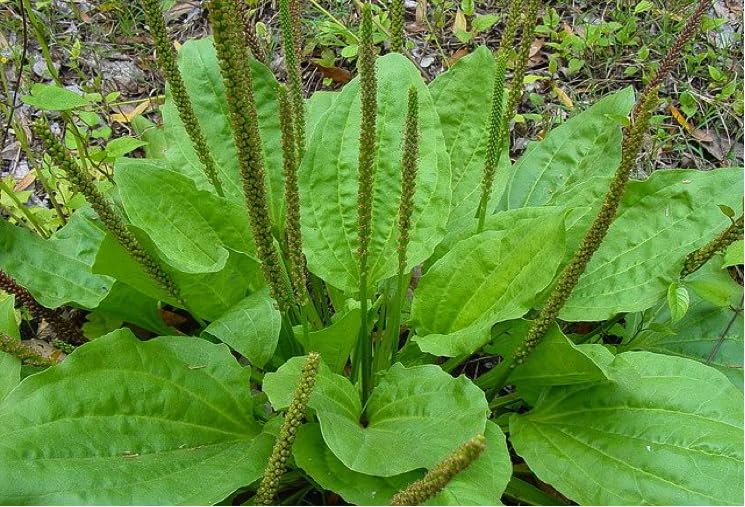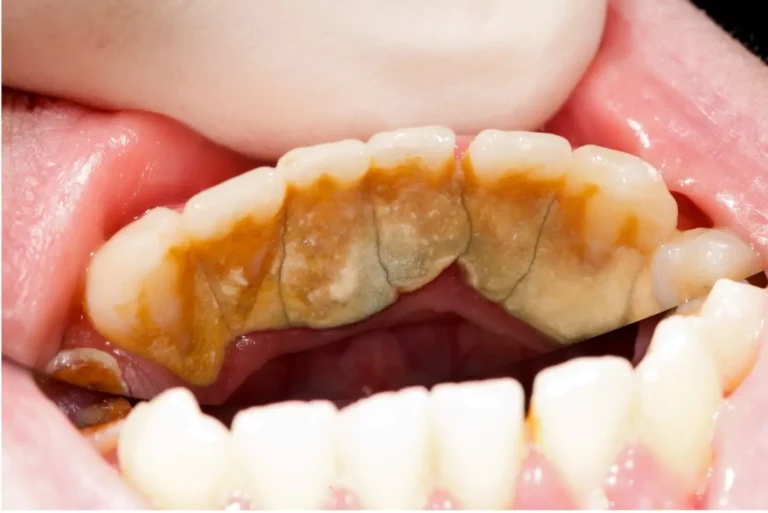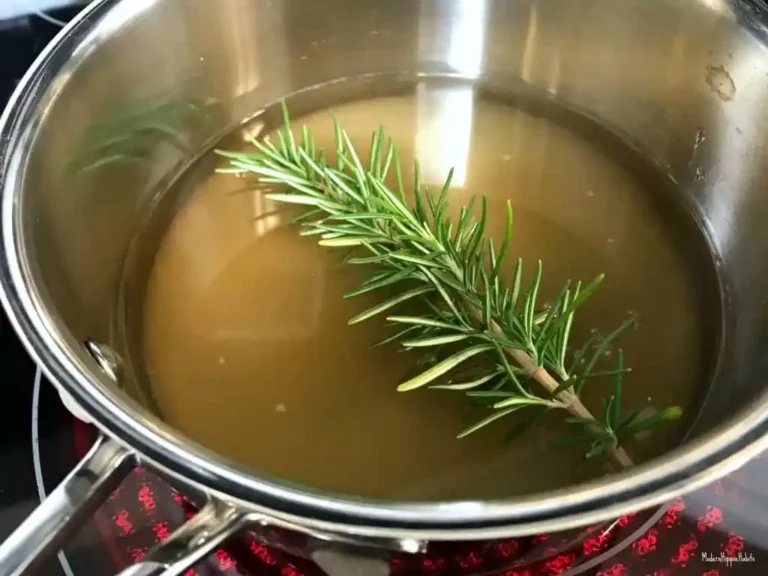Bananas are a beloved fruit worldwide, cherished for their convenience, sweet taste, and health benefits. However, there are a few common mistakes you might be making with bananas that could affect your enjoyment and even the nutritional value you get from them. Here’s what you need to know to make the most out of every banana:
- Eating Them Too Green: While it’s tempting to eat bananas as soon as you bring them home from the store, green bananas are not only harder to digest but also have a starchier taste. If you prefer a sweeter and softer banana, wait until they are fully ripe — indicated by a yellow peel with small brown speckles.
- Storing Bananas Incorrectly: Bananas emit ethylene gas, which speeds up the ripening process. Storing them next to other fruits can cause everything to ripen too quickly. Keep bananas separate or hang them on a banana hook to avoid premature ripening. If you want to slow ripening, wrap the stems in plastic wrap.
- Disposing of Overripe Bananas: Don’t throw away bananas just because they have turned brown. Overripe bananas are perfect for baking, adding natural sweetness and moisture to recipes like banana bread, muffins, and pancakes. They can also be frozen for smoothies or homemade ice cream.
- Ignoring Nutritional Benefits: Bananas are more than just a quick snack. They are packed with essential vitamins and minerals, including potassium, which helps maintain blood pressure levels and is vital for heart health. They also provide energy through their natural sugars and sustained release of carbohydrate content.
- Eating Bananas Alone on an Empty Stomach: While bananas can be a great breakfast addition, eating them on an empty stomach might not be the best idea for everyone. Since they’re rich in magnesium, consuming them alone can lead to an imbalance with calcium levels in the body, particularly on an empty stomach.
- Peeling Them from the Stem: Most people peel bananas from the stem, but you might find it easier and avoid squishing the top by peeling from the bottom end (as monkeys do). This method also helps you easily remove the stringy parts attached to the peel.
By avoiding these common banana blunders, you can enhance your experience with this nutritious fruit. Whether as a quick snack or a key ingredient in a delicious recipe, bananas offer versatility and health benefits that are hard to beat.









